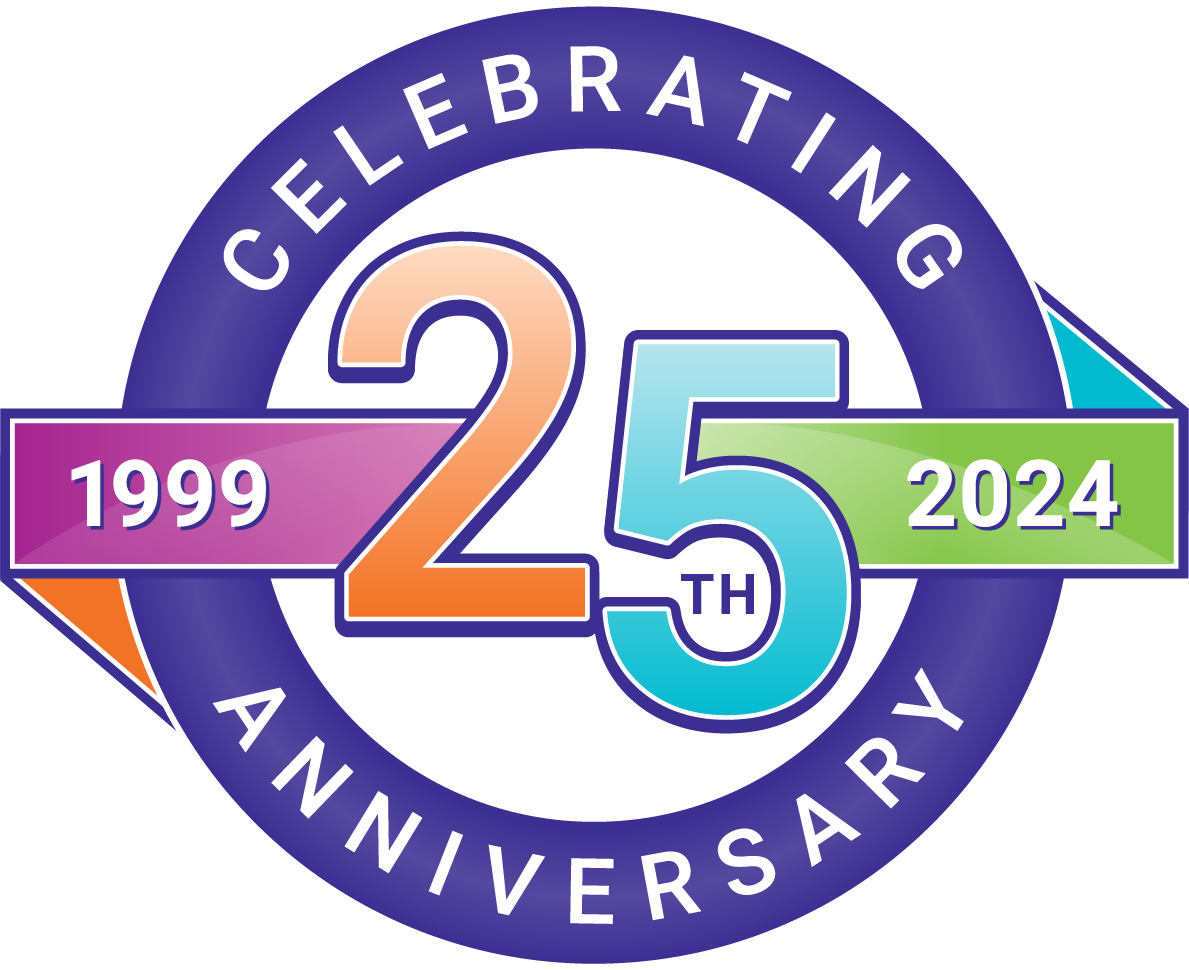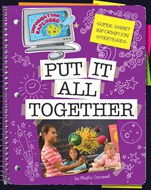Create Information Connections
Organize the information you have found to make your own learning connections.
Now that you found and recorded your quality information, what do you do with it? Organize the information in your notes, and then identify main ideas by creating an outline.
- Sort notes or note cards.
- Reread your notes.
- Group together similar topics, concepts, or themes.
- Tip: If your notes are on cards, you can physically sort them into different piles. If you used a computer to keep your notes, copy and paste related notes into documents by topic, remembering to keep the source information.
- If there are a lot of notes on one topic, the topic may be broken down into sub-topics.
- Identify main ideas by creating an outline or concept map.
- An outline uses labels and indentation to organize notes or ideas while a concept map does that graphically by using circles connected with lines or arrows.
- There are two stages to creating an outline:
- Stage one: identify and sequence the topics or concepts and then the supporting ideas. See this outline example and this concept map example.
- Tip: There are several ways to sequence the topics, and some will depend on your assignment, purpose, and content. Examples: cause and effect, chronological sequence, order of importance, broad to narrow, or narrow to broad.
- Stage two: add supporting details or examples and any additional information to your outline or map. See this outline example and this concept map example.
- Stage one: identify and sequence the topics or concepts and then the supporting ideas. See this outline example and this concept map example.
Tip: For more information about organizing your information, take a look at the eBook, Put It All Together.
Next =>
Now that you have it organized, it is time to interpret your information.
| Educator Content There is currently no educator content for this page. |
|
Do you want to share this page with students, but you don't want students to see the Educator Content section? Share this link instead of the URL at the top of the page: |

